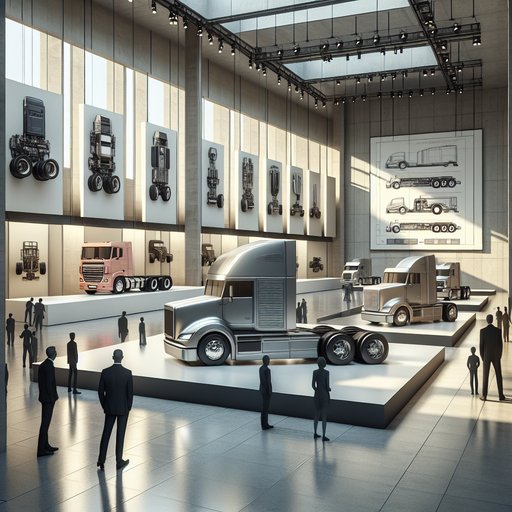
Across Europe and the U.S., museums and industry forums have been reframing heavy cargo trucks as industrial design icons rather than mere workhorses. In recent months, permanent galleries and traveling programs have spotlighted cab architecture, aerodynamics, and human‑machine interfaces alongside heritage rigs that defined freight eras. The shift coincides with new regulations and powertrains reshaping how trucks look and feel on the road, giving curators and designers timely material to discuss form, function, and cultural impact.
This year, museum programs have leaned into the storytelling power of trucks. World of Volvo in Gothenburg, opened in 2024, continues to feature Volvo Trucks’ safety-driven cab design and long-haul ergonomics as part of its ongoing displays. The DAF Museum in Eindhoven, expanded recently, juxtaposes classic haulers with the New Generation DAF’s aerodynamic cabs to show how airflow and packaging evolved around EU length rules. In Stuttgart, the Mercedes-Benz Museum’s commercial vehicle galleries have renewed attention as visitors connect past Actros milestones with today’s digital mirrors and streamlined fronts.
Design award cycles and product launches have also reinforced trucks’ status as designed objects. Recent iF and Red Dot selections have repeatedly included heavy-duty models, underscoring how visibility, serviceability, and driver wellbeing translate into award-winning form. The 2024 debut of the Volvo FH Aero, made possible by updated EU cab length allowances, has been cited in design talks as a tangible case of regulation enabling better proportions and lower drag. Curators note that these examples make it easier to explain why a grille, A‑pillar, or mirror housing can materially change fleet efficiency.
Industry stages have amplified the conversation. At IAA Transportation 2024 in Hannover, design and UX sessions linked cab layouts, camera mirrors, and ADAS interfaces to measurable gains in fatigue reduction and uptime, framing aesthetics as performance. Manufacturer open days and brand museums in Södertälje, Wörth, and Munich have hosted discussions where engineers sit alongside historians to parse iconic lines on Scania, Mercedes‑Benz, and MAN rigs. In the past few months, these forums have treated trucks as “architecture in motion,” bridging logistics practicality with cultural memory.
Motorsport and heritage events are adding momentum by putting design in front of broader audiences. European Truck Racing Championship paddocks this season have paired current race trucks with classic tractors in fan zones, illustrating how stance, aero addenda, and cooling solutions migrated from track to road. Logistics conferences have echoed the theme, arguing that iconic, efficient cabs help driver recruitment and public acceptance of new powertrains. Taken together, the exhibitions and discussions signal a durable shift: heavy trucks are being recognized as designed infrastructure—objects whose form tells the story of freight, technology, and regulation in motion.












